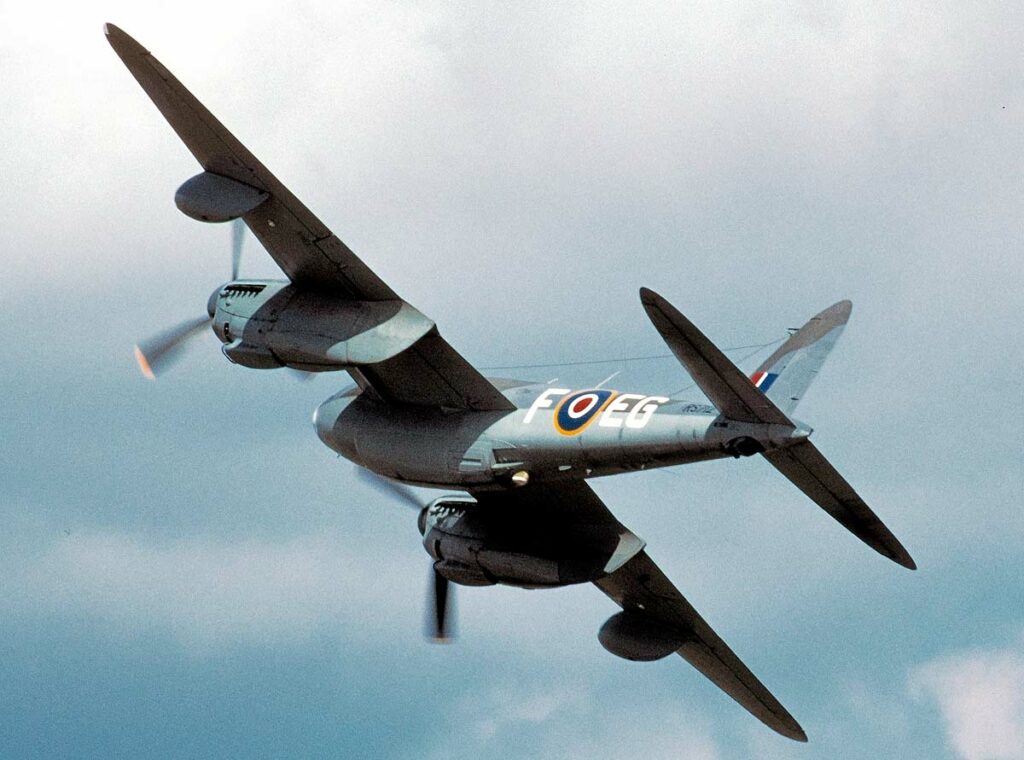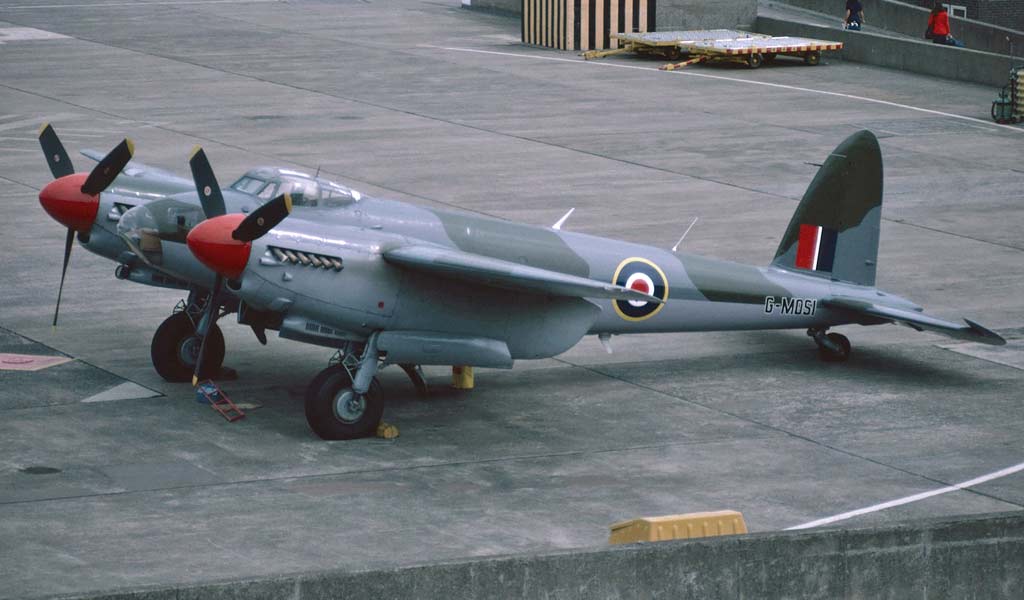The De Havilland Mosquito, a versatile WWII British aircraft, stood out for its wooden construction, speed, and multirole capabilities.
This article provides an extensive overview of the De Havilland Mosquito, an innovative British aircraft of World War II. Renowned for its wooden construction, the Mosquito served various roles, from a fast bomber to a night fighter. The article delves into the aircraft’s development, design, performance, and its extensive combat use, highlighting its versatility and effectiveness in numerous wartime operations.
The De Havilland Mosquito, affectionately known as the “Wooden Wonder,” was one of the most versatile and successful aircraft of World War II. Its unique all-wood construction and multipurpose design allowed it to excel in various roles, making it a valuable asset for the Royal Air Force (RAF) and its allies. This article aims to explore the development, design, operational capabilities, and combat history of the Mosquito.

History of the Development of the De Havilland Mosquito
In the late 1930s, as Europe moved towards war, the RAF recognized the need for a fast, high-altitude aircraft capable of eluding enemy fighters. The De Havilland Aircraft Company, led by Geoffrey de Havilland, proposed a unique concept: a versatile aircraft made almost entirely of wood, which was both light and readily available.
The Mosquito project, initially met with skepticism, was launched as a private venture by De Havilland. The first prototype took flight on November 25, 1940. The wooden construction not only conserved critical metal resources but also contributed to the aircraft’s exceptional performance.
Its development was driven by the strategic need for a versatile, high-speed aircraft that could adapt to various combat roles.
Design of the De Havilland Mosquito
The Mosquito’s design was revolutionary for its time. Its airframe was constructed primarily of wood, a combination of balsa and plywood, which offered strength and lightness. The aircraft was powered by two Rolls-Royce Merlin engines, each delivering significant horsepower.
The Mosquito had a length of 12.43 meters and a wingspan of 16.51 meters. Its design allowed for adaptability to various roles, including reconnaissance, light bomber, night fighter, and maritime strike aircraft.
One of the design’s drawbacks was its vulnerability to damage compared to metal aircraft. However, its speed and agility, coupled with its reduced radar signature due to the wooden frame, made it a difficult target for enemy fighters.
Performance of the De Havilland Mosquito
The performance of the Mosquito was exceptional. It could reach a top speed of about 630 km/h (391 mph) and had a service ceiling of 11,000 meters (36,000 feet). Its range was approximately 3,200 kilometers (1,988 miles), enabling long-range missions.
When compared to contemporary fighters like the German Messerschmitt Bf 109 or the American P-51 Mustang, the Mosquito was not as agile in dogfighting but excelled in speed, altitude, and versatility. Its ability to undertake various mission types gave it an advantage over more specialized aircraft.

Military Use and Combat of the De Havilland Mosquito
The Mosquito was armed with a mix of machine guns, cannons, and could carry bombs or torpedoes, depending on the variant. It saw action in numerous theaters of World War II, conducting precision bombing raids, reconnaissance missions, and night fighter operations.
The aircraft’s effectiveness was demonstrated in various key operations, including the attack on the Gestapo headquarters in Oslo and the precision strike against the Amiens Prison. It faced competition from newer German fighters but often outpaced them due to its superior speed and altitude capabilities.
The Mosquito was used by several Allied countries during and after the war. It continued to serve in various roles post-WWII but was eventually phased out as jet aircraft became dominant.
The De Havilland Mosquito remains a symbol of innovation and versatility in military aviation. Its unique design, impressive performance, and multifaceted roles during World War II illustrate the ingenuity and adaptability required in wartime aviation. The Mosquito’s legacy is not only in its diverse combat roles but also in its demonstration of how unconventional approaches can lead to extraordinary outcomes in aircraft design and functionality.
Back to the Warbirds section.